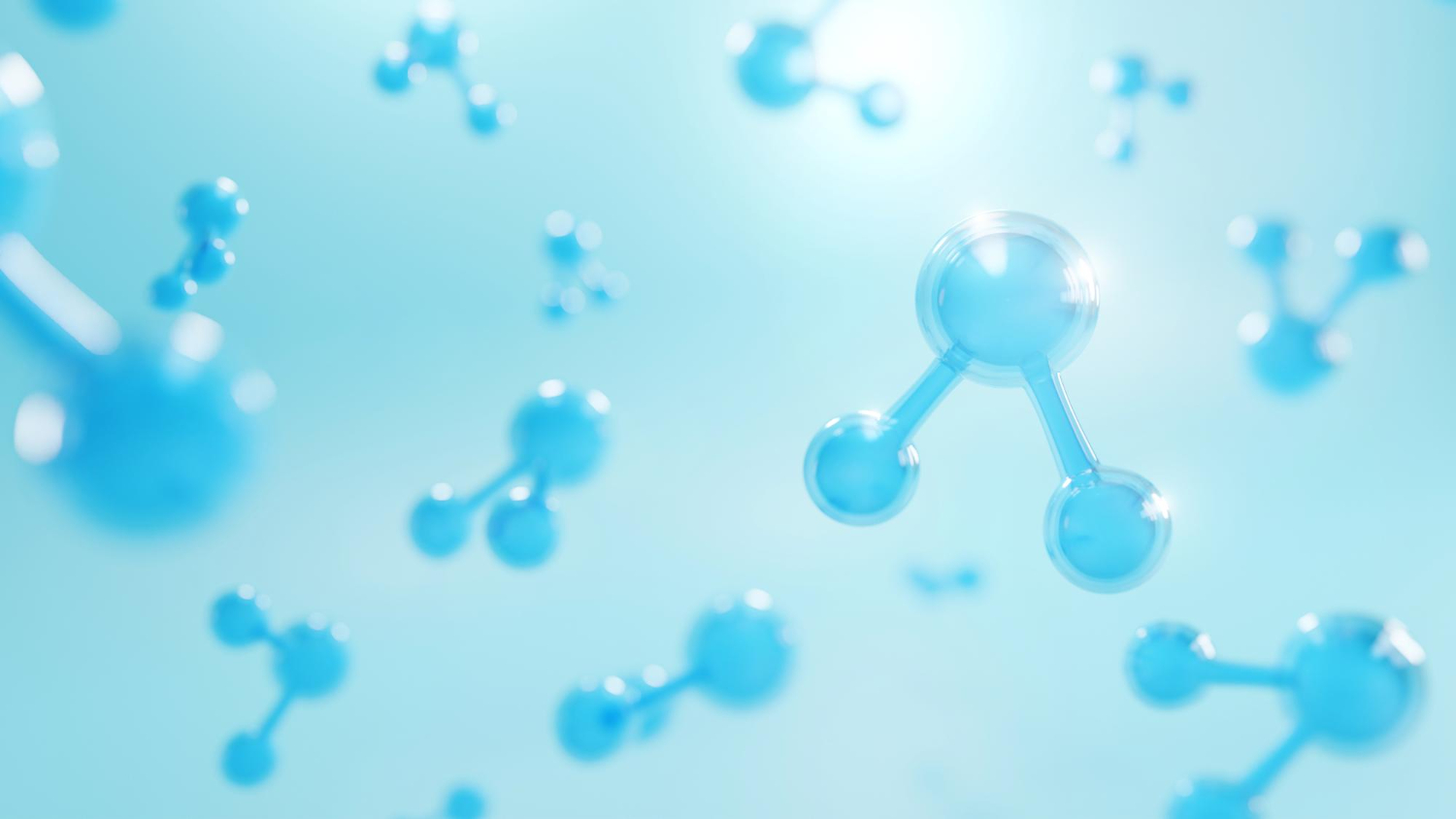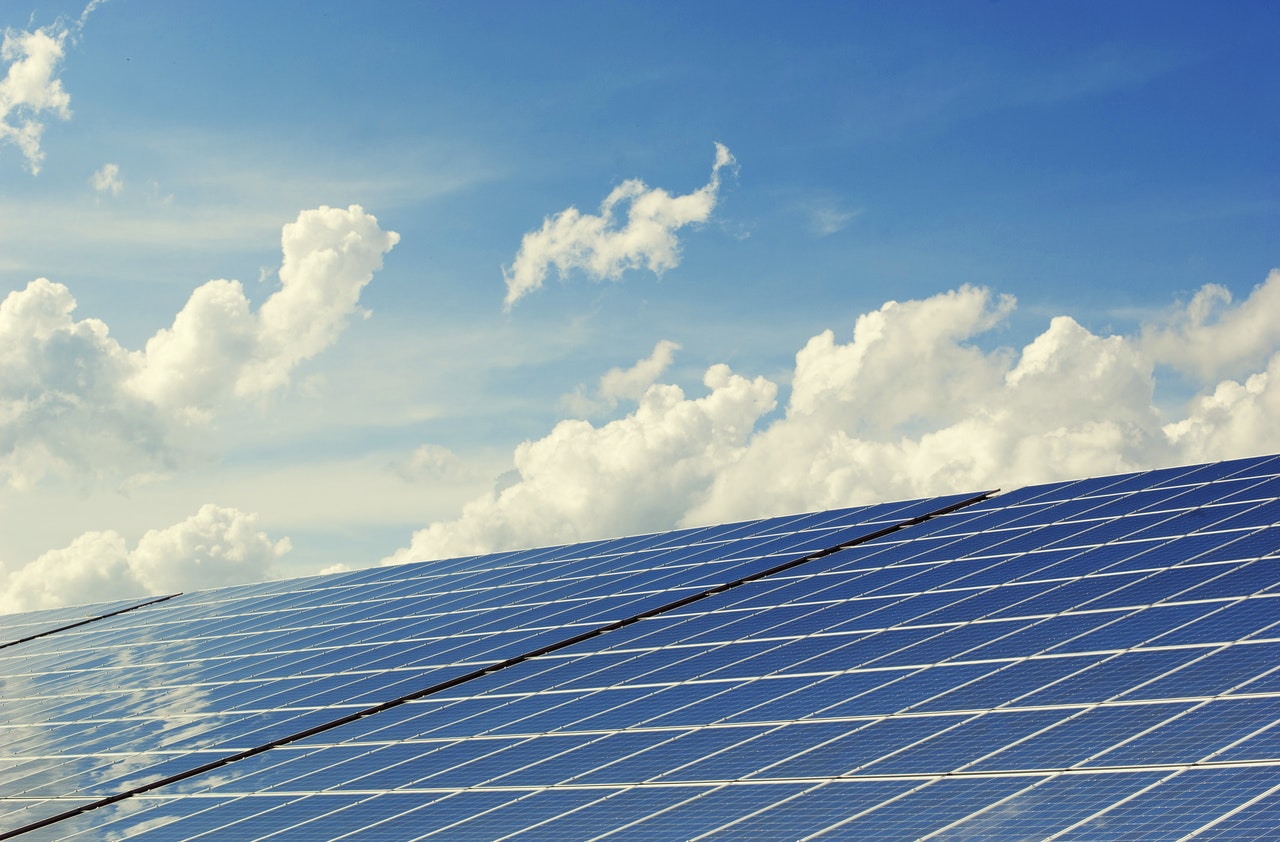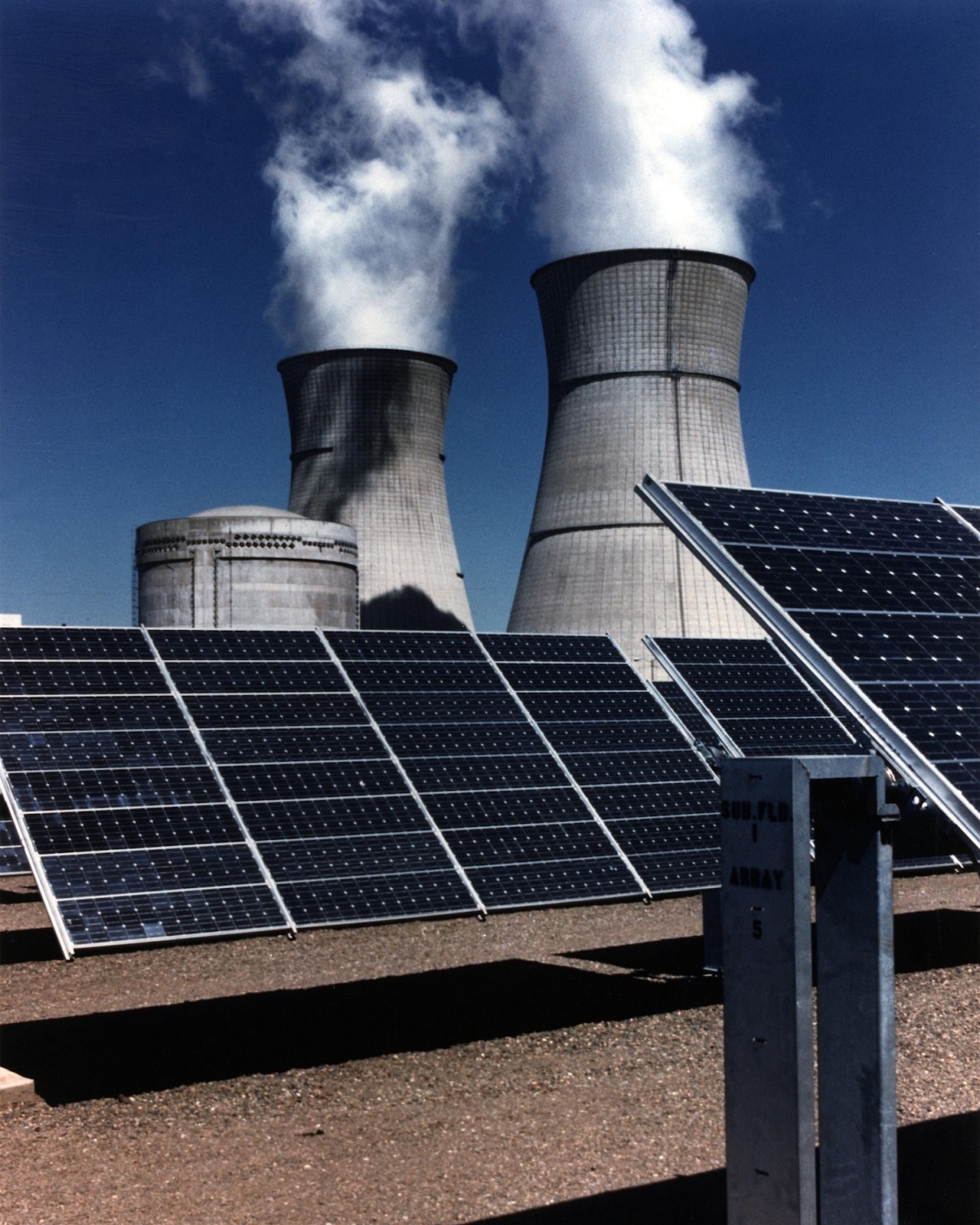
Hydrogen is a clean alternative to methane, also known as natural gas and it’s gaining focus in different forms are standing out. Let’s find out what is yellow hydrogen.

Hydrogen rainbow: the colors of decarbonization
With advancements in hydrogen manufacturing, Yellow hydrogen, or green hydrogen, has become a reality. The holy grail of climate activists, legislators, and the energy industry is green hydrogen, which is powered by renewable energy sources such as solar and wind to prevent greenhouse gas emissions.
To be more particular about the type of renewable electricity used to power the process, yellow hydrogen is often defined as hydrogen produced through electrolysis powered by solar energy. The use of green and yellow hydrogen is rising as more nations look for hydrogen that emits no carbon.
Yellow Hydrogen gathers solar energy and transforms it into electrical power using solar panels. The electrolyzers that split water molecules into hydrogen and oxygen are subsequently powered by that electricity. This process can be carried out without producing greenhouse gas emissions thanks to renewable power.

But isn’t hydrogen a colorless gas?
Yes, hydrogen is an invisible gas. Thus, incongruously, and in spite of their vivid characterizations, there is no discernible distinction between the various forms of hydrogen.
Green, blue, brown, and even pink, yellow, and turquoise hydrogen are all possible. In the energy sector, they serve as essentially color-coded or nicknamed systems for distinguishing between various hydrogen generation processes. However, there isn’t a single naming scheme in use, thus these definitions of color could alter throughout time or even between nations.
The H2 color rainbow
Certain hues of hydrogen may become less significant in the future while others may burn brighter. There’s no denying that as we move away from our historical reliance on fossil fuels and toward more environmentally friendly options for powering our homes, companies, and transportation, the hydrogen rainbow will be crucial to achieving net zero.
One of the best solutions for storing energy from renewable sources is hydrogen, which also appears to be the least expensive way to store power for a few days, weeks, or even months.

Our work with hydrogen
Universal Kraft uses hydrogen to provide a large-scale, environmentally friendly alternative to fossil fuels. Hydrogen is a complementary energy source to direct electrification. It can be used to generate green hydrogen for energy storage, green gas production through hydrogen methanation, and as feedstock for locally produced, high-temperature industrial processes that are challenging to electrify.
For a sustained and comprehensive clean energy transition, several green power options are essential. For many years, Universal Kraft has been developing cutting-edge and alternative energy storage technologies. We founded UH2 in order to maximize renewable energy sources’ decarbonization potential for the production of green hydrogen and ammonia.
Discover all our solutions here.




